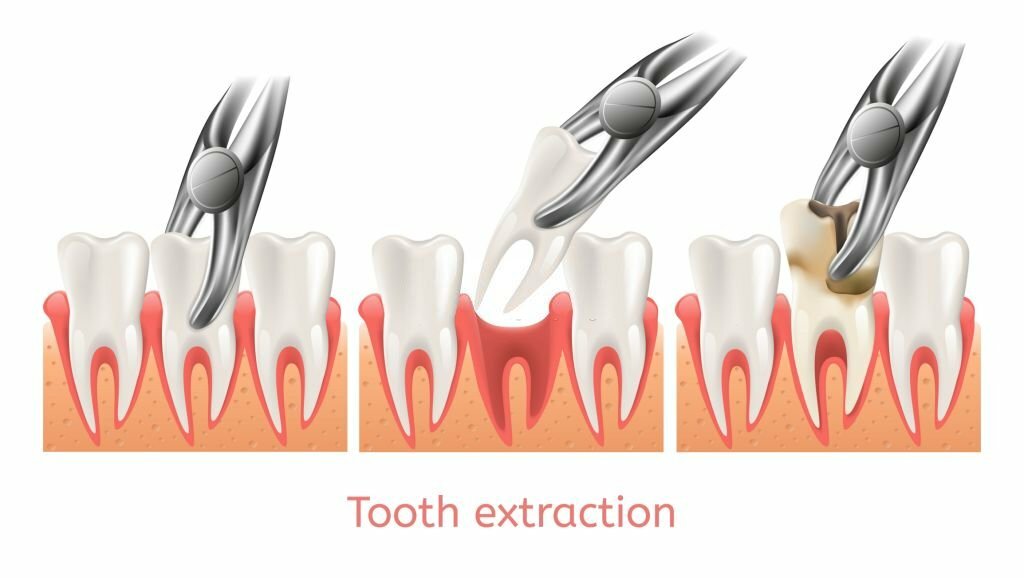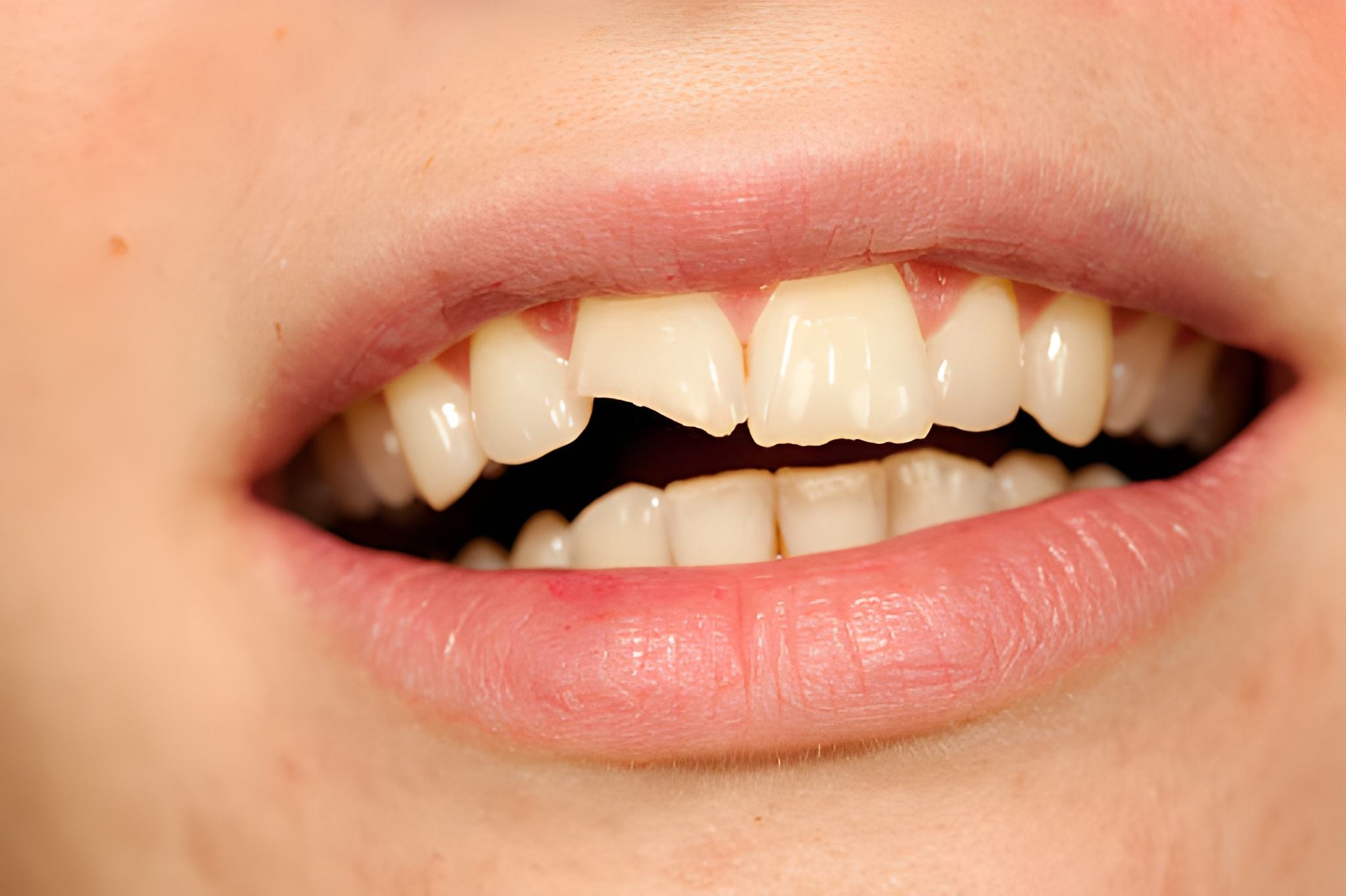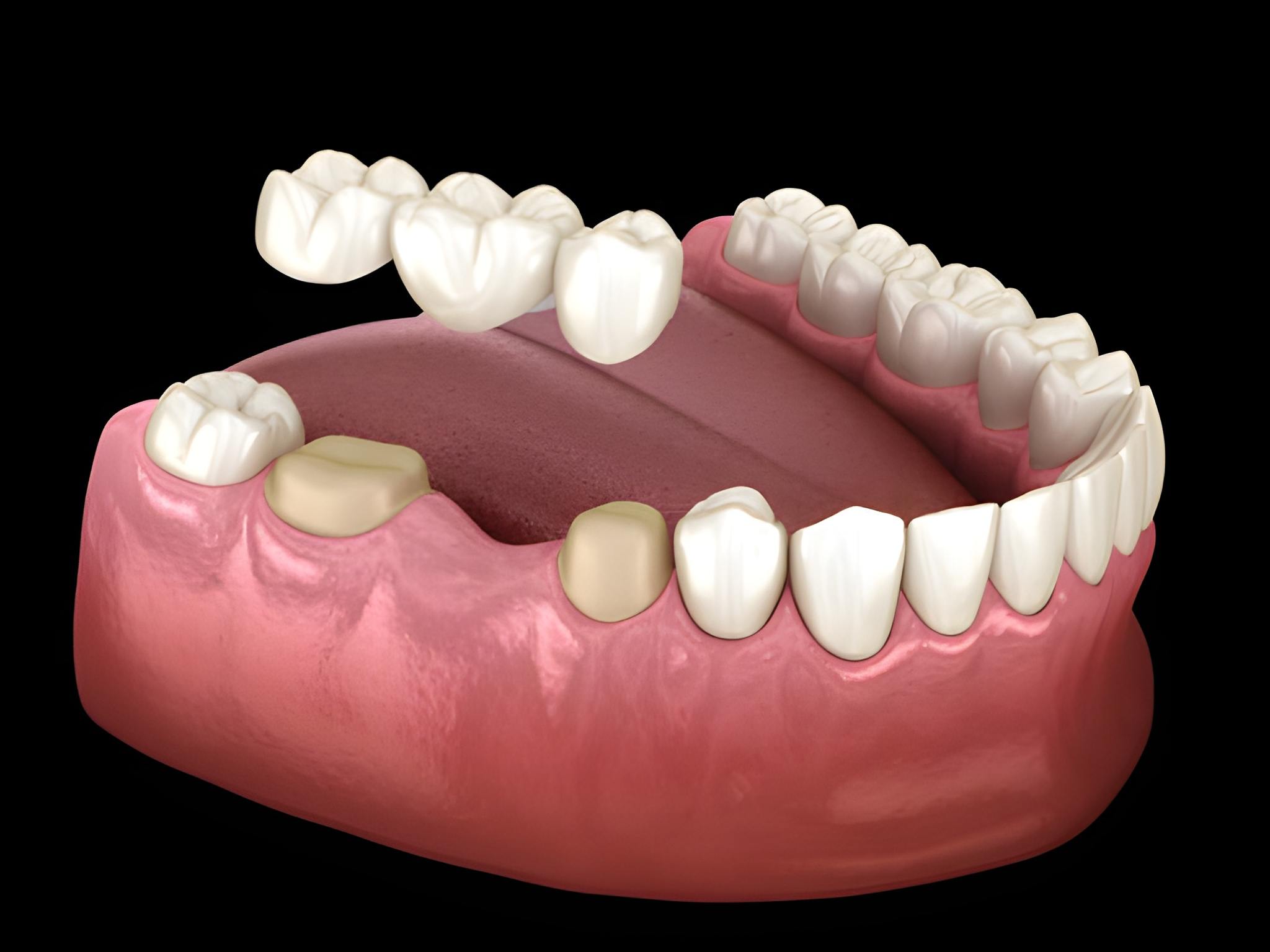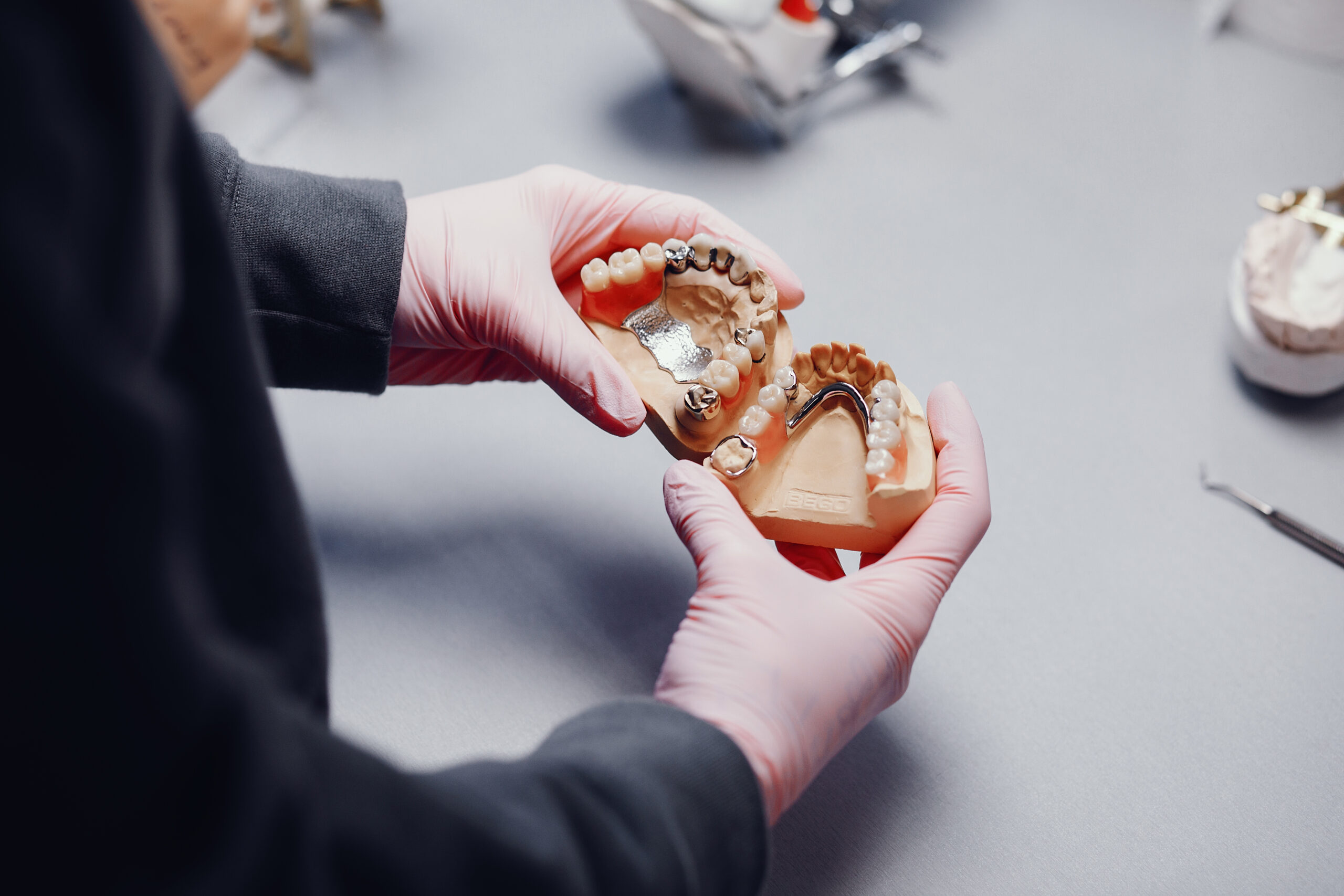Home Dental Teeth Pulling: Your Complete Guide From Procedure To Recovery

Tooth extraction is inevitable!
Almost 74% of all adults need to undergo tooth extraction at least once in their lifetime.
Tooth extraction involves the removal of a tooth or a few teeth from its socket. Even though it may appear a bit daunting, tooth extraction is a fairly standard dental procedure.
In this blog, we take a closer look at:
The following sections explore different aspects of dental teeth pulling. Let’s get started!
Tooth extraction is the #1 dental procedure among individuals of all age groups. The procedure aims to redefine your smile and improve your overall oral health.
While oral health professionals generally avoid the complete removal of a tooth from its socket, sometimes, dental fillings or crowns aren’t enough to secure your oral health.
Your dentist might suggest tooth extraction if you have:
However, extracting tooth with root canal is often the last stage of the procedure. Let’s learn more about the different conditions, methods, and different aspects of the treatment in the sections below.
Your current oral condition generally defines the type of extraction. Your dentist will analyze your medical and dental history and the necessary X-rays before pulling a tooth.
Based on the tooth’s shape, length, location, and surrounding bone density, your dentist will decide on any of the two removal procedures:
Simple extractions are performed on teeth that are visible in your oral cavity. General dentists commonly perform such extractions under a local anesthetic, with or without sedation or anti-anxiety medications.
Surgical extraction is another approach for extracting teeth. Dentists or surgeons generally perform surgical extraction for teeth. They remove bone and raise and fold back all or part of the gum tissue to reveal the tooth or break the tooth into sections (called tooth sectioning).
Dentists carry out this method on teeth that can’t be seen or accessed or if you have chipped, broken teeth or molars that may not have completely erupted.
So now that we have an idea of the different procedures for the extraction of teeth, let’s have a quick overview of the process in action.
The tooth decay extraction procedure can be briefly divided into four different stages. The process generally begins with numbing your teeth and minimizing the swelling.

Here’s an overview of what the procedure looks like:
During the first stage, your dentist will administer an anesthetic injection to numb the gum tissue, tooth, and bone surrounding the area. The injection is generally administered to minimize discomfort and pain during tooth extraction.
Based on the severity of your operation, your dentist will use any of these three anesthesia options:
Oral conscious sedation can be paired with nitrous oxide or IV sedation. Individuals opting for this sedation need a friend or family member to drive them home after the procedure.
IV sedation is the highest type, and patients opting for it require assistance returning home.
Once the oral cavity is numb, the dentist pulling teeth will use elevators and extraction forceps to remove the tooth from the socket. This process is relatively short and can take some time in rare cases.
Once the dentist removes the tooth, they clean the area and remove all the bone fragments from your oral cavity. The dentist sews up the gum tissue to avoid infection and stop bleeding. If there are any remaining bone pieces, the dentist may relieve discomfort and inflammation with medicine or remove them later.
Once you clear and clean the area, place gauze over the extraction site, and apply pressure to halt bleeding (this may take up to an hour), your dentist will urge you.
After removing the gauze and normalizing the bleeding rate, the dentist may give you an ice pack to place on your cheek. This will help reduce swelling and inflammation. Depending on the healing speed, you may need to regularly apply an ice pack for up to 20 minutes for the first few days after the extraction.
The pain behind tooth extraction is one common question that almost everyone has in mind.
While most teeth extraction procedures are pain-free and effortless, it completely depends on the complexity of your case. Most people feel the pain for a few hours after the extraction and return to their routine within 48 to 72 hours.
However, the jawbone typically takes many weeks, sometimes months, to recover. Therefore, you need to follow these tips for faster healing:





